In the highlands of Madagascar, where the red earth meets the sky in a timeless embrace, families gather every seven years for a ritual that would shock most Western sensibilities. They exhume their ancestors' remains, wrap them in fresh silk shrouds, and dance with the corpses to live music. This is Famadihana—the "turning of the bones"—a celebration that blurs the line between the living and the dead with joyful reverence.
The air smells of rum and decaying flowers as villagers lift the first body from its tomb. A great-uncle, perhaps, or a grandmother who died before her grandchildren could know her. The bones clatter like dry branches as the family pours libations of honey and alcohol over the remains. "Drink, grandfather!" someone shouts, pressing a bottle to the skull's lipless grin. Laughter ripples through the crowd. This is no macabre spectacle but a homecoming—an act of love so visceral it bypasses grief entirely.
Western visitors often recoil at first. The very idea of handling human remains violates taboos ingrained since childhood. Yet Malagasy people view corpses not as grotesque relics but as living ancestors who retain their personalities and needs. "My father still gets cold," explained one man, adjusting his parent's shroud against an evening breeze. The dead attend these reunions as honored guests, their presence confirmed by diviners who interpret their wishes—whether for a new burial cloth or reconciliation between quarreling cousins.
Preparations begin months in advance. Women weave intricate lamba mena shrouds from wild silk, their crimson dye symbolizing both blood and royalty. Butchers slaughter zebu cattle—their humped silhouettes sacred in Malagasy culture—while younger generations memorize family genealogies stretching back centuries. When the day arrives, entire villages process to ancestral tombs, their singing carrying across rice paddies where the dead once worked alongside them.
The tombs themselves reveal more about Malagasy values than any sermon could. Built above ground with stone slabs often costing more than the family home, these structures declare: the dead are not gone. Unlike Western cemeteries designed for passive remembrance, Malagasy tombs feature small doors for regular visits. Some families store rice in them, believing ancestors bless the harvest. Others leave gifts of tobacco or coins—not as offerings but as one might bring treats to a beloved elder's house.
During Famadihana, the corpses become bridges between worlds. As musicians play salegy rhythms, grandchildren who never met their forebears cradle skulls like infants. A widow whispers news to her husband's skeleton—their daughter married, the roof finally repaired. Teenagers take selfies with long-dead aunts, the photos later displayed alongside images of living relatives. Here, mortality loses its sting. When great-grandmother's jawbone "nods" during a divination, or when rain suddenly stops at an ancestor's "request," death reveals itself as just another state of being.
This worldview stems from Madagascar's unique blend of Austronesian and African traditions. Unlike mainland African cultures that often fear ancestral spirits, or Southeast Asian societies that venerate them from a distance, Malagasy people maintain reciprocal relationships with the dead. Ancestors intervene in daily life—causing car troubles if neglected, healing sickness when respected. One taxi driver told me his engine only started after apologizing aloud to his grandfather. Such interactions create an unbroken continuum where dying merely alters one's role in the family.
Modernity tests these traditions. In Antananarivo's urban sprawl, some opt for quick burials without Famadihana, citing expense or Christian influences. Yet even skeptics participate when elders insist. "Science says dead is dead," admitted a university student, "but when my mother's bones warmed in my hands... I felt her." This tension between old and new plays out in subtle ways: plastic flowers alongside traditional silk shrouds, DJs mixing electronic beats with ancestral hymns.
Perhaps the most radical lesson of Famadihana is its rejection of death as final separation. Where Western grief counseling emphasizes "letting go," Malagasy culture demands holding on—literally. By regularly touching, dressing, and speaking to the dead, practitioners dissolve the barrier modern societies build between the living and those who came before. A woman dancing with her father's bones isn't engaging in denial; she's asserting that love needn't surrender to decay.
As sunset stains the tombs orange, families carefully return their ancestors to rest—until next time. Children fall asleep against burial slabs, their dreams no doubt populated by the smiling faces they met today, both fleshed and skeletal. Back in the village, elders sip rum and recount stories where the dead walk as naturally as the living. No one says "goodbye," only "mandrapihaona"—until we meet again. In Madagascar, that isn't hope. It's a promise.
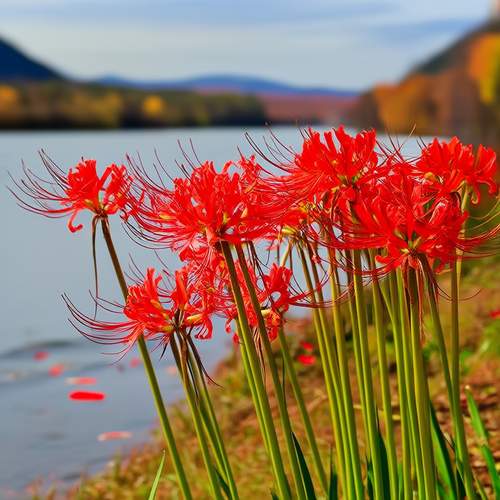
By /May 21, 2025
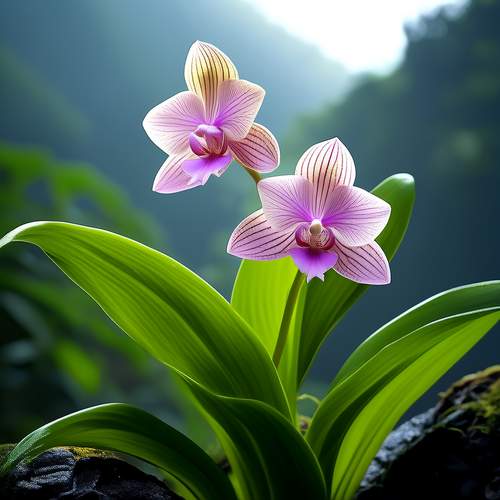
By /May 21, 2025
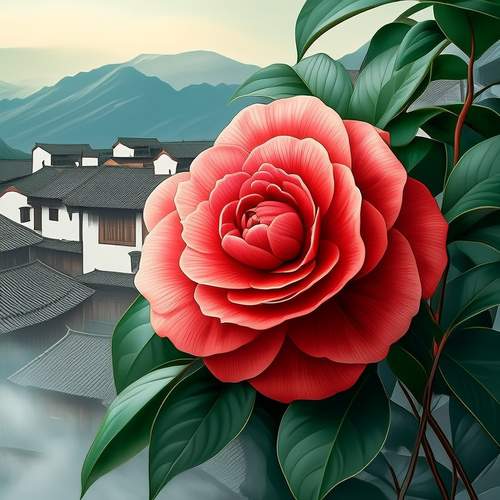
By /May 21, 2025

By Benjamin Evans/May 20, 2025
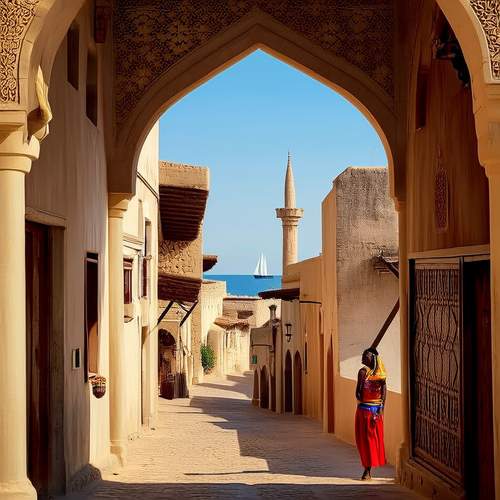
By /May 11, 2025
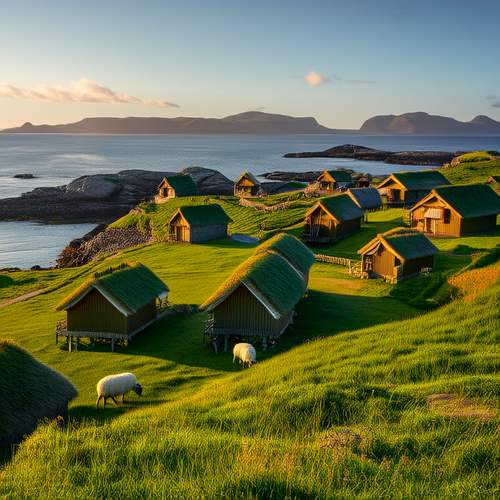
By /May 11, 2025
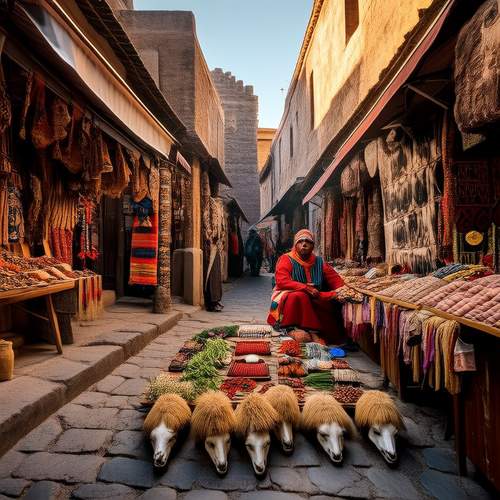
By /May 11, 2025

By /May 11, 2025
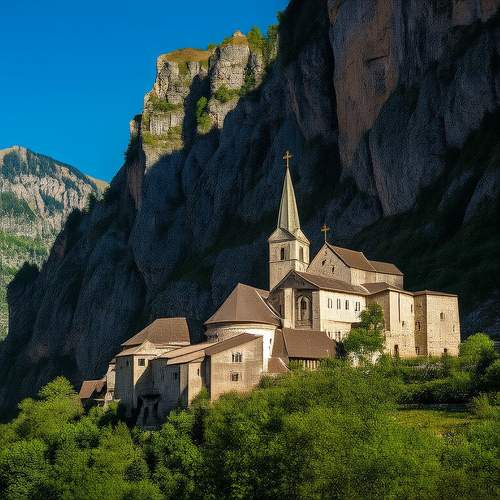
By /May 11, 2025
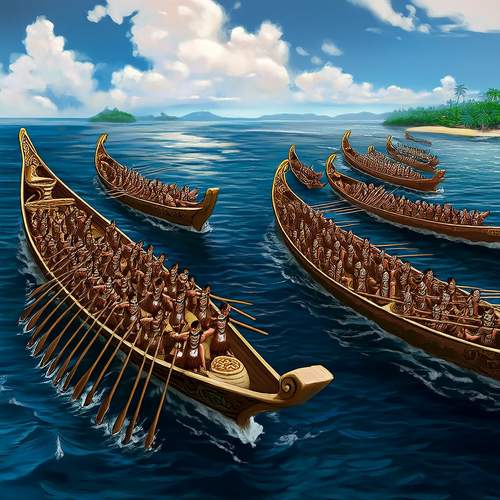
By /May 11, 2025
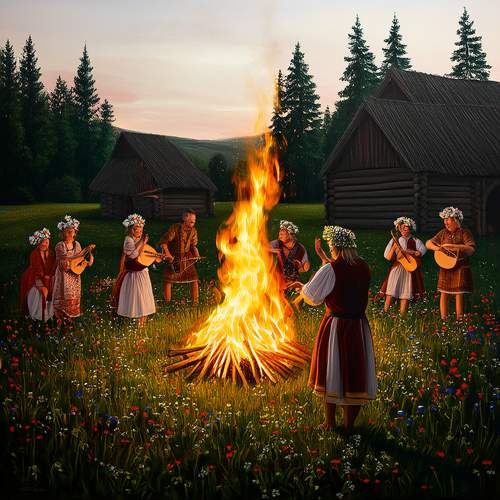
By /May 11, 2025
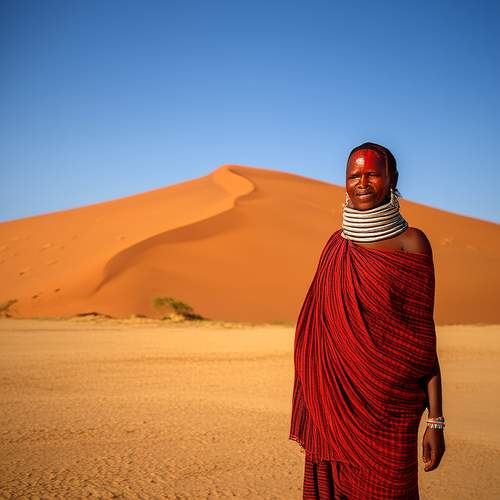
By /May 11, 2025
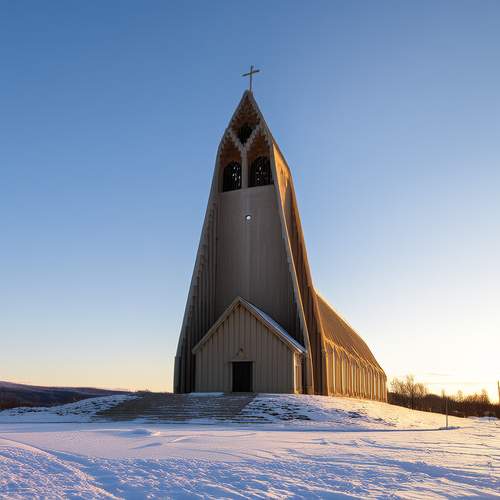
By /May 11, 2025
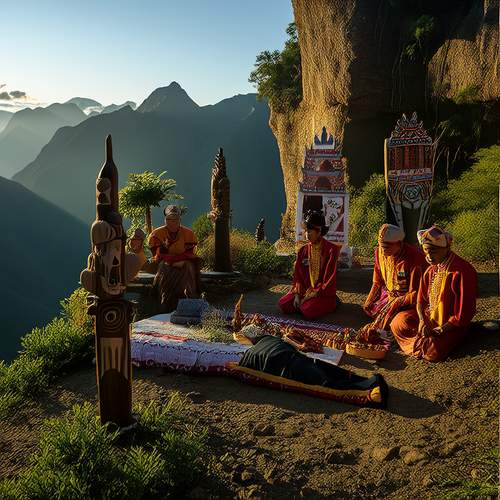
By /May 11, 2025
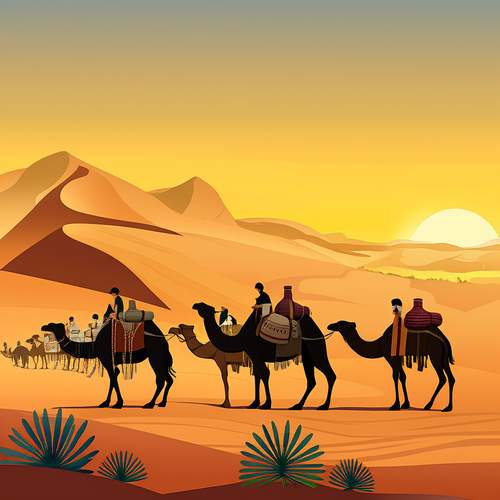
By /May 11, 2025
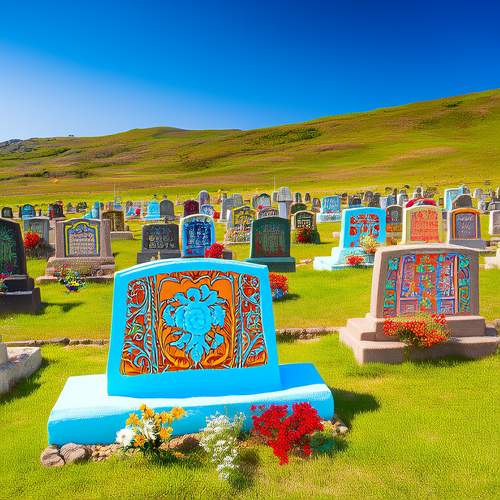
By /May 11, 2025
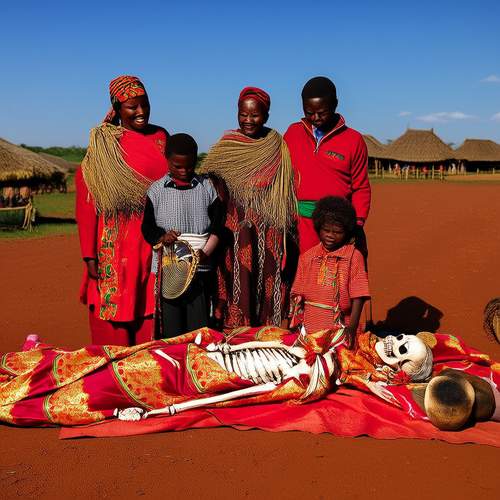
By /May 11, 2025

By /May 11, 2025
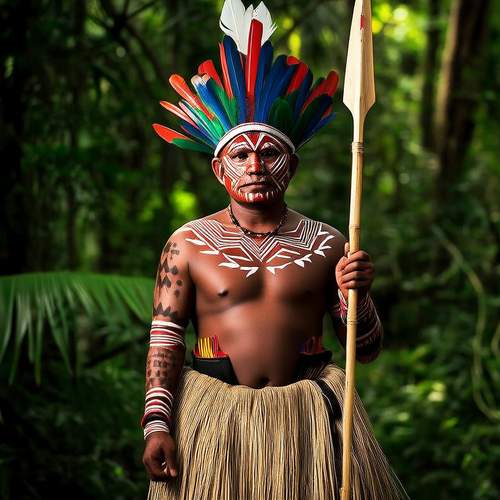
By /May 11, 2025
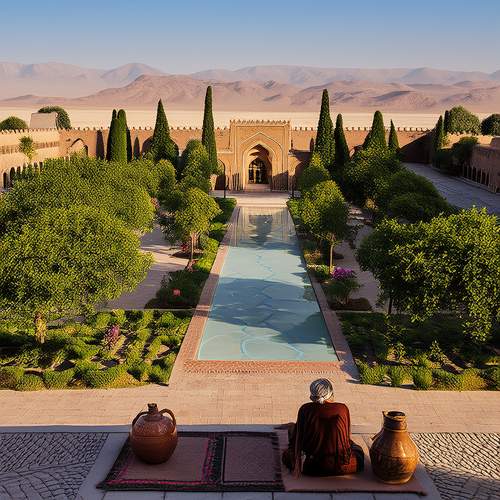
By /May 11, 2025